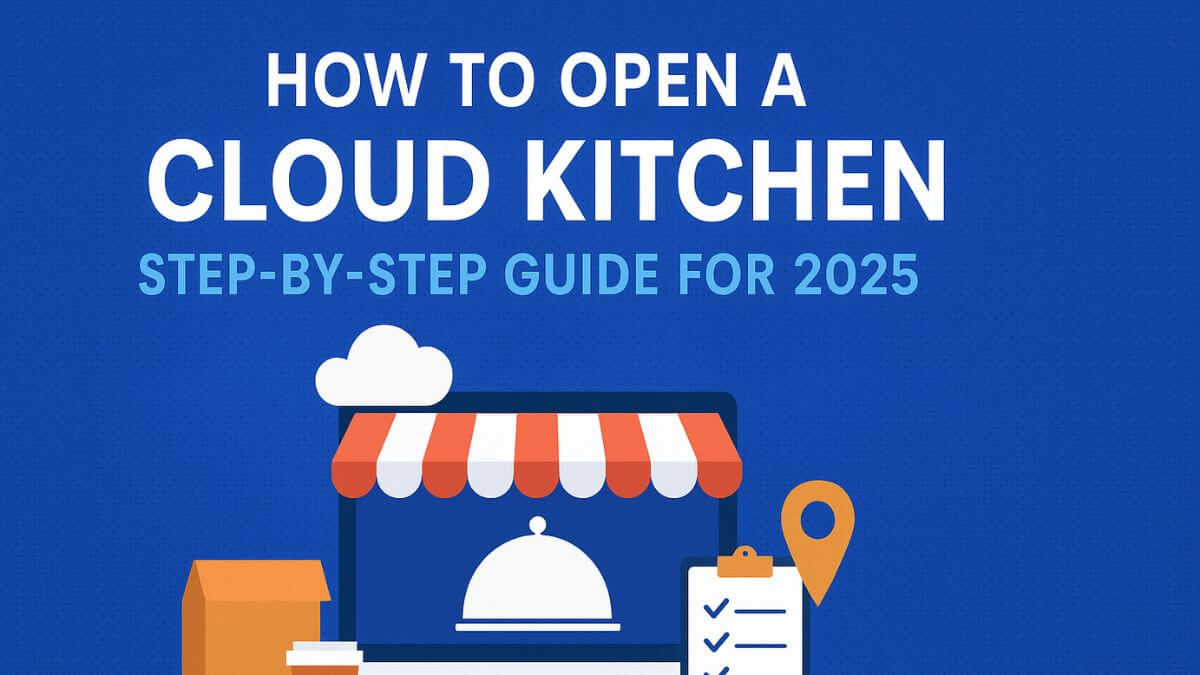In the aftermath of the COVID-19 pandemic, the commercial realm found itself at the crossroads of rapid transformation. The health crisis, beyond its immediate repercussions, nudged businesses towards a path of reinvention and innovation. One emerging pillar in this new landscape is the increasing reliance on multichannel marketing to reinforce brand loyalty.
COVID-19, an unprecedented global event, not only disrupted daily lives but also sent seismic waves through the global business environment. The resulting shifts in consumer behaviors, operational challenges, and economic fluctuations paved the way for a new era of commerce.
1. The Ascendancy of E-commerce and Digital Platforms
E-commerce platforms transformed from a luxury to a necessity. This wasn’t merely a phase; it reflected a more profound behavioral change. Consumers, both young and old, began to trust online platforms for everything – from daily essentials to luxury splurges. The pandemic accelerated the digital shopping trend by almost a decade.
With offices worldwide closing their doors, companies had to rethink their operational models. The shift to remote work wasn’t smooth for everyone, but tools like Zoom, Microsoft Teams, and Slack bridged the communication gap. The concept of a workspace evolved from a physical location to a digital presence, offering opportunities and challenges in equal measure.
2. Community-Centric Business Models: A New Ethical Standard
COVID-19 brought societal issues to the forefront, pushing consumers to opt for brands that represented ethical values. Brands with a clear sense of purpose, beyond just profit-making, found a dedicated and growing customer base. Brands that emphasized sustainable sourcing, eco-friendly packaging, or were vocal about societal issues saw an uptick in their overall consumer perception.
The pandemic revealed the vulnerabilities of extensive global supply chains. As international shipping faced disruptions, there was a renewed appreciation for local artisans, farmers, and businesses. This shift wasn’t just about availability; it was an emotional decision – supporting locals became synonymous with supporting community and solidarity.
3. Reshaping Supply Chains: The Blend of Local and Global
The pandemic was a stress-test for global supply chains. Companies that relied heavily on international suppliers faced severe challenges. The need for a more flexible, resilient supply chain model became evident. Businesses started blending local and global sources, ensuring continuity while also supporting local economies.
With a renewed global focus on climate change and sustainability, businesses couldn’t afford to remain passive observers. From sourcing raw materials sustainably to reducing waste in packaging, integrating green practices became essential. Companies that embraced this shift not only appealed to conscious consumers but also future-proofed their operations against potential regulations and supply chain disruptions.
4. Financial Dexterity in a Fluid Economy
The pandemic, coupled with economic fluctuations, made it abundantly clear that rigid business models were susceptible. Restaurants pivoted to offer takeaways and DIY kits, gyms transitioned to virtual classes, and manufacturing units repurposed their machinery to produce essential goods. This adaptability was more than just survival; it showcased businesses’ potential to innovate under pressure.
Physical cash transactions dropped significantly during the pandemic. While online banking and credit card payments were already popular, the health crisis accelerated the acceptance of digital wallets, contactless payments, and even cryptocurrencies. This trend hinted at a potential future where digital currencies might become mainstream.
5. Employee Well-being: Centerstage in Company Policies
Prolonged lockdowns, isolation, and the blurring lines between work and personal space brought mental health issues into sharp focus. Companies, recognizing the challenges their employees faced, started integrating wellness programs, offering flexibility, and providing resources for mental well-being.
The rapid changes in the business environment meant that certain skills became obsolete while others surged in demand. Progressive companies invested in training their workforce, ensuring they remained relevant in an ever-evolving landscape.
6. Multichannel Marketing: The Pulse of Modern Branding
Marketing in the post-COVID era needed a facelift. Traditional advertising methods seemed out of touch in a world grappling with a health crisis. Enter multichannel marketing – a strategy that engages consumers at multiple touchpoints, ensuring brand visibility and strengthening recall. This approach went beyond just visibility; it played a pivotal role in boosting brand loyalty.
Consistently engaging consumers across diverse touchpoints, from social media to emails and beyond, brands can not only reinforce their value proposition but also build a robust foundation for long-term loyalty. It’s evident that the future of effective branding lies in a well-executed multichannel strategy.
Conclusion
Navigating the post-COVID commercial terrain requires businesses to be agile, compassionate, and innovative. While challenges loom large, the possibilities are boundless. From the significant digital shift to the emphasis on sustainability and community, the new era of commerce is more humane, more inclusive, and undoubtedly more exciting. The power of multichannel marketing in this panorama reaffirms the importance of meaningful engagement in building a brand’s legacy.

MoneyMantra, is a passionate content creator with over 5 years of experience in writing about the intersection of technology, business, finance, education, and more. With a deep understanding of how these fields empower both individuals and businesses





